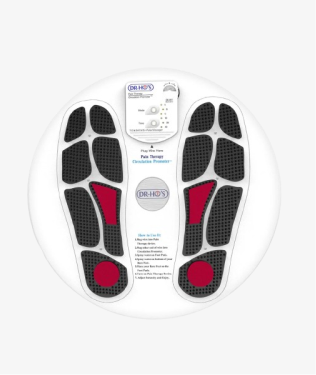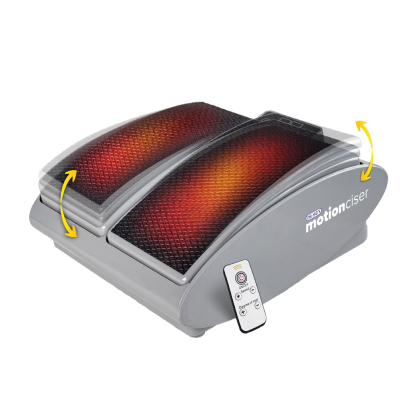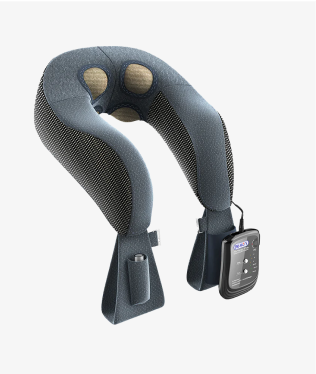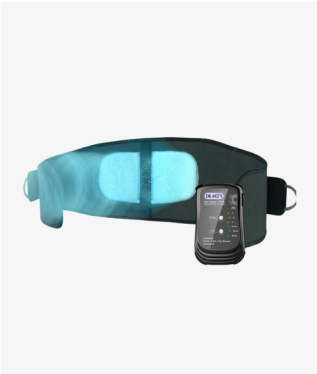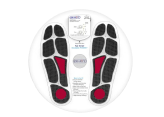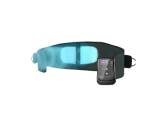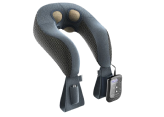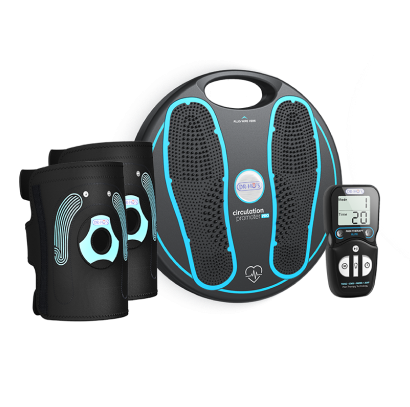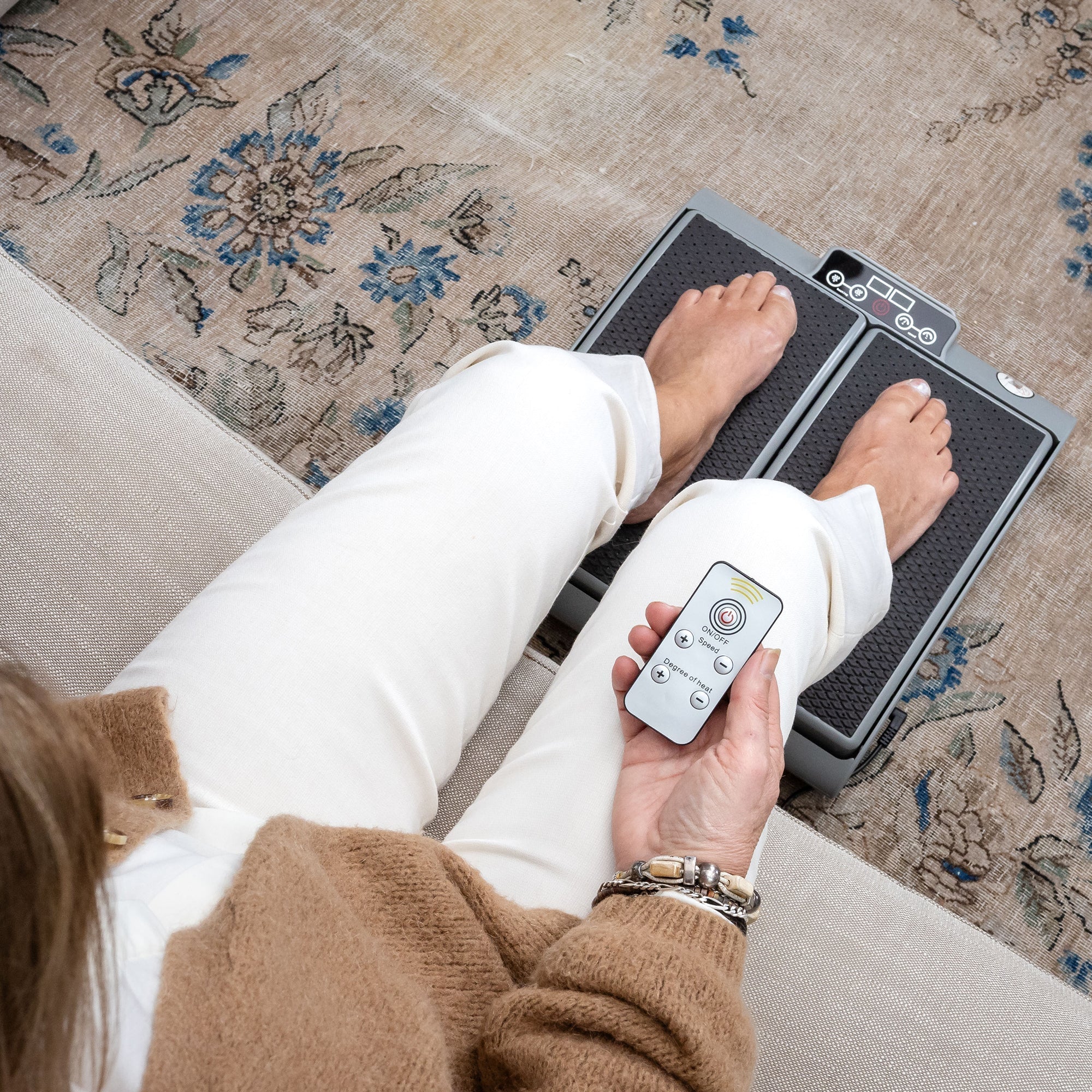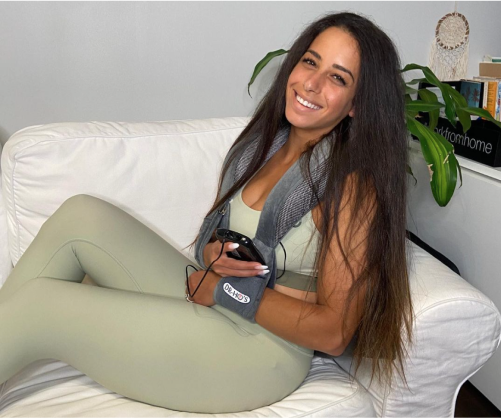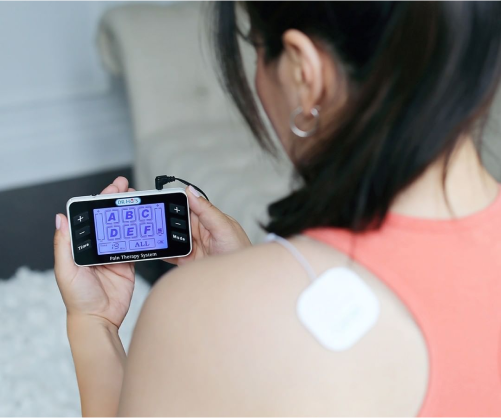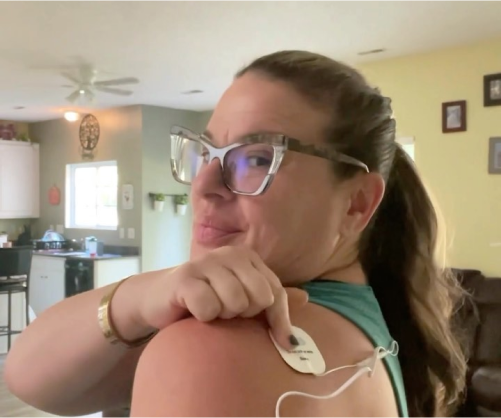A Background on Back Pain
Over 80% of North Americans have experienced some form of back pain at some point in their life. And those who suffer from back pain know how difficult it can be to participate in even the most routine daily activities. If you’re dealing with lower back pain, spinal traction and decompression therapy can be an effective non-invasive option to relieve back pain and provide much-needed support without the use of drugs.
However, before agreeing to this treatment plan, it’s important to understand how and if spinal traction and decompression therapy can work for you. 
What is Non-Surgical Spinal Decompression Therapy?
Non-surgical spinal decompression therapy is a non-invasive form of motorized traction used to gently stretch and elongate the spine to take the pressure off the lower back.
Decompression Therapy has two theoretical benefits:
1. It takes the pressure off spinal discs allowing bulging or herniated discs to retract and reposition to alleviate pain symptoms.
2. With removed pressure on the spine, there’s room for water, oxygen, blood and other nutrients to flow to the discs to help promote healing.
What is Spinal Traction Therapy?
Similar to decompression therapy, back traction therapy is used to create space between the vertebrae in your spine. By gently stretching the spine, it can help take the pressure off the lower back, pinched nerves and help relieve pain.
How Are These Spinal Procedures Typically Performed?
Back pain specialists or chiropractors usually perform spinal traction and decompression therapy in a clinic. This procedure usually involves either lying down or face-up on a mechanical table, where the specialist will fit you with a harness around the pelvis and lower back. From there, the device is used to gently stretch out the spinal discs to create much-needed negative pressure. Oftentimes, decompression therapy sessions are accompanied by electric stimulation, ultrasounds and cold/heat therapy for additional pain relief.
Back traction and decompression therapy can help temporarily relieve:
1. Back-related pain, tension and soreness
2. Pulled or strained back muscle
3. Nerve-related pain
Does Spinal Decompression Therapy Really Work?
While back traction and decompression therapy can help relieve and manage back pain, it’s important to remember that it will not instantaneously cure all of your pain. Instead, it’s an effective tool for back pain sufferers to find temporary relief if they work it into their regular pain relief routine.
Over time back traction and decompression therapy can:
2. Promote better flexibility and range of motion which can lead to a more efficient recovery
3. Help elongate the spine over time, taking pressure off of tight muscles, relieving nerve compression and increase local circulation
3. Relieve pressure on the lower back by stretching the spine
4. Help strengthen back muscles and core to stabilize and support the lower back, which can help prevent flare-ups and back spasms in the long run
On its own, each type of back therapy can help temporarily relieve painful back symptoms by relieving pressure, but they are often performed in conjunction with one another to provide the most effective relief.
Sources:
Canadian Chiropractor, The Truth About Spinal Decompression Therapy
WebMD, Spinal Decompression Therapy
VeryWellHealth, Lumbar Traction for Back Pain
Healthline, Spinal Traction
Spine-Health, Spinal Decompression


